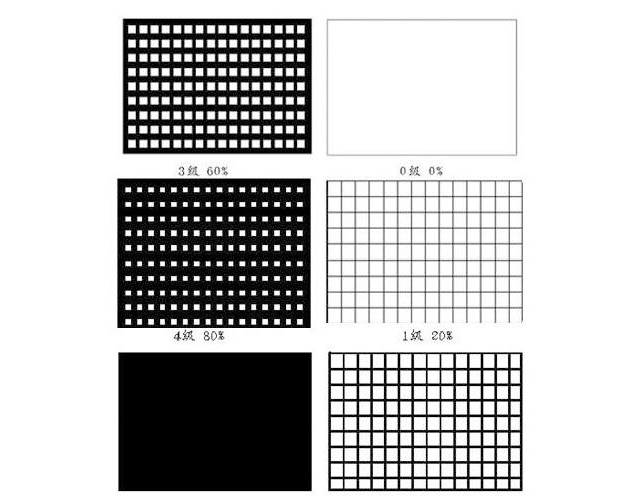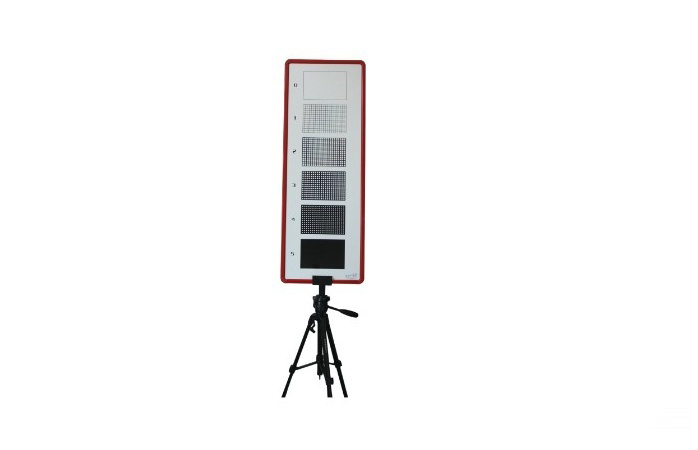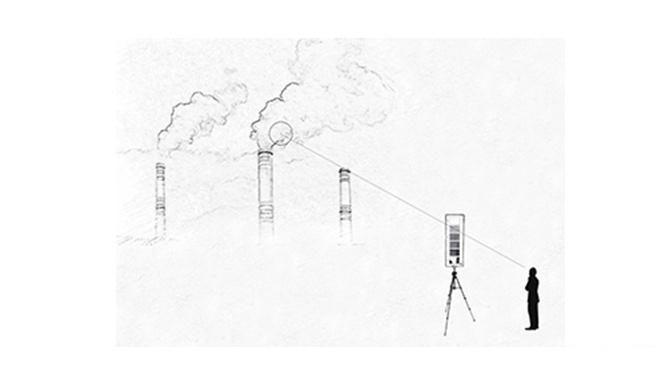Products
What is Lingman Black
Origin:Hefan Hit: Time:2019-09-07
What is Lingman Black?
Lingman is an index reflecting the blackness (concentration) of boiler dust. The commonly used detection methods are grid blackness comparison, telescope Lingman blackness meter and digital photoelectric smoke colorimeter.

Lingman flue gas concentration map is one of the standards for monitoring industrial jealous kiln flue gas. It was proposed by Lingman in France at the end of the nineteenth century. Abbreviated as "Lingman Diagram", it is a simple comparison chart for evaluating the smoke concentration of chimneys.

Lingmann Black
When the Lingman smoke map is placed at a certain distance, people appear to have different gray levels. When observing, the Lingman smoke concentration map is placed in a proper position to compare the smoke with the map. The observer judges the smoke by vision and gets the numerical value, that is, the Lingman blackness level.

Observation position
Observations should be made during the day, and the distance between the observer and the chimney should be sufficient to ensure a clear observation of the smoke emission. The Lingmann Smoke Blackness Map is mounted on a fixed bracket. The image is facing the observer. The image is located as far as possible on the line from the observer to the top of the chimney and has a similar sky background to the smoke.
The observer's line of sight should be as vertical as possible to the direction of the plume. The elevation angle of smoke observation should not be too large. Generally, the angle should not be greater than 45 degrees. It should be avoided to observe the smoke from too steep angle as far as possible.
Observing smoke blackness is to be carried out under fairly uniform sky illumination. If you observe under the sunlight, you should try to make the illuminated light and line of sight right angle, light should not come from the front or rear of the observer. It should not be observed in rainy and snowy days, foggy days and wind speeds greater than 4.5m/s.
Observation methods
To observe the smoke, the place with the greatest blackness should be chosen, and there should be no condensate vapor in the place. During observation, the smoke blackness of chimney exhaust was compared with that of Lingman smoke blackness chart, and Lingman series of smoke was recorded. If the smoke blackness is between two Lingman grades, a 0.5 or 0.25 Lingman series can be estimated. Four times per minute, the observer should not always observe the smoke, but should watch for a few seconds and then stop for a few seconds, each observation (including viewing and intermittent time) about 15 seconds, continuous observation of smoke blackness time is not less than 30 minutes.
When there is visible condensation water vapor in the smoke at the chimney exit, it should be observed at a distance away from the chimney mouth, where there is no water vapor.
To observe the smoke containing water vapor, when the water vapor in the smoke condenses and becomes visible after a distance away from the chimney outlet, it is necessary to select the location near the chimney mouth where the water vapor has not yet formed visible condensation vapor.
Observation of smoke should be carried out under relatively uniform sky lighting. For example, in cloudy weather, because the sky background is dark, the reading should be based on experience to take a slightly lower series (minus 0.25 or 0.5).
Lingman calculation
1. The observed values are classified according to the Lingmann blackness level, and the cumulative times and times of occurrence of each blackness level are counted separately.
2. Except for the five-grade Lingman blackness in the observation process, the smoke blackness is calculated according to the five-grade, and no further observation is needed, all other cases must be observed continuously for 30 minutes. The cumulative time of each blackness grade was counted separately. The smoke blackness was measured by the maximum Lingman blackness grade with the cumulative time exceeding 2 minutes in 30 minutes.
3. Determine the smoke blackness level in the following order and principles:
(1) Lingmann blackness level 5: When Lingmann blackness level 5 appears in 30 minutes, the Lingmann blackness of smoke is measured by level 5.
(2) Lingman blackness level 4: When the cumulative time of Lingman blackness level 4 or above in 30 minutes exceeds 2 minutes, the Lingman blackness of smoke is classified as grade 4.
(3) Ringman blackness level 3: When the cumulative time for the occurrence of three or more levels of Ringman blackness in 30 minutes exceeds two minutes, the smoke's Ringman blackness is measured by three levels.
(4) Lingmann blackness level 2: When the cumulative time of occurrence of Lingmann blackness Level 2 or more in 30 minutes exceeds 2 minutes, the Lingmann blackness of flue gas is calculated by level 2.
(5) Lingman blackness level 1: When the cumulative time of Lingman blackness level 1 and above in 30 minutes exceeds 2 minutes, the Lingman blackness of smoke is measured by level 1.
(6) Lingman blackness < grade 1: When the cumulative time of occurrence of less than grade 1 Lingman blackness in 30 minutes exceeds 28 minutes, the Lingman blackness of smoke is calculated as < grade 1.


